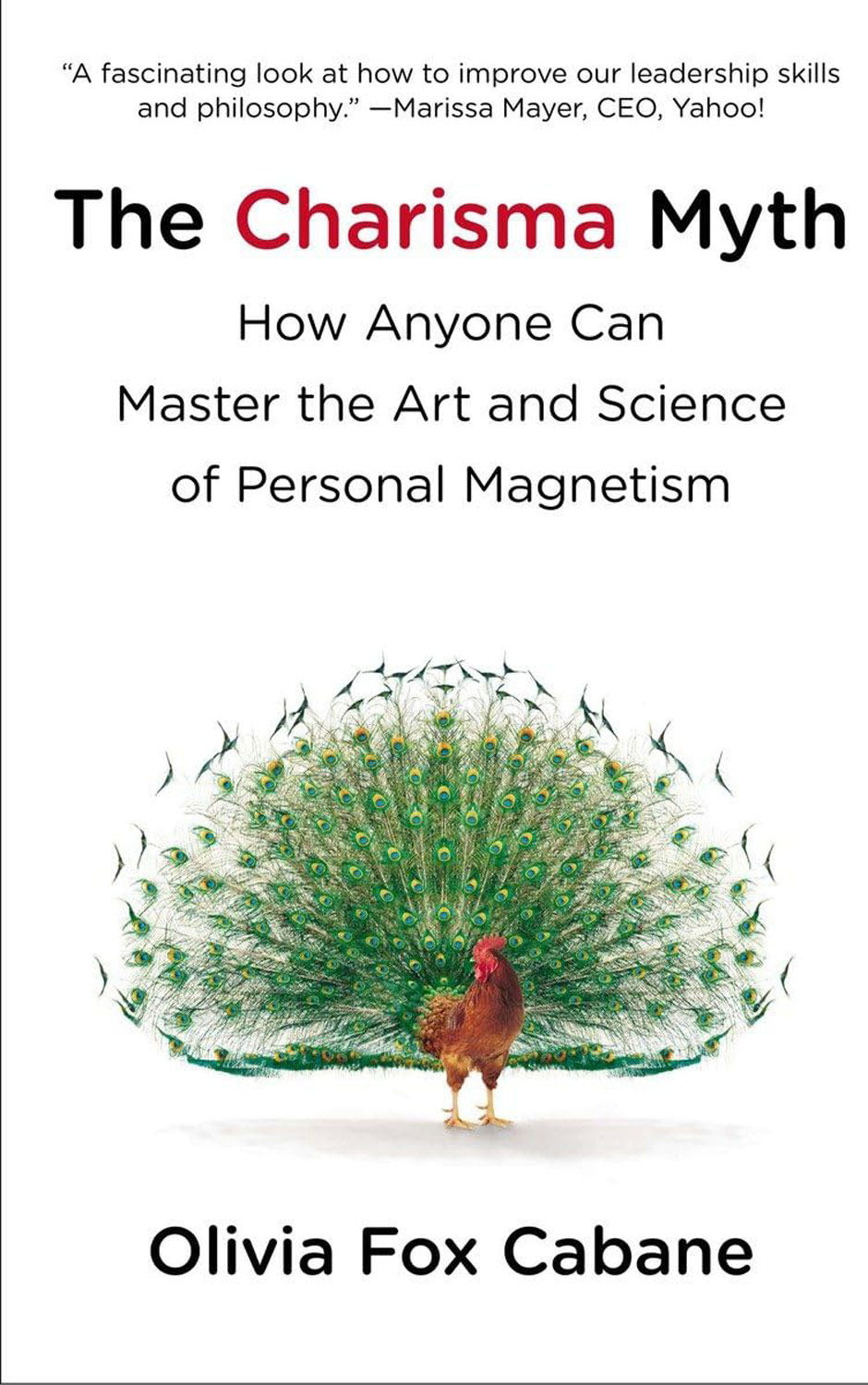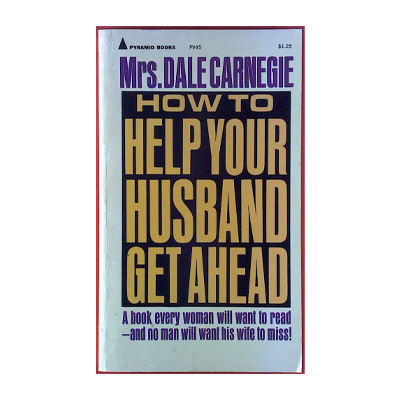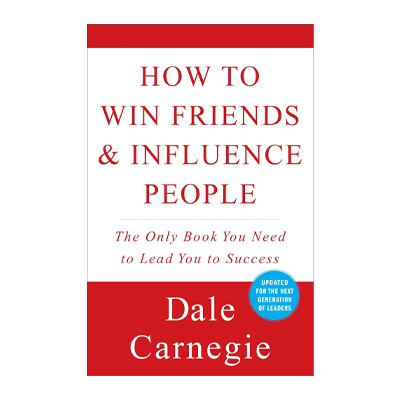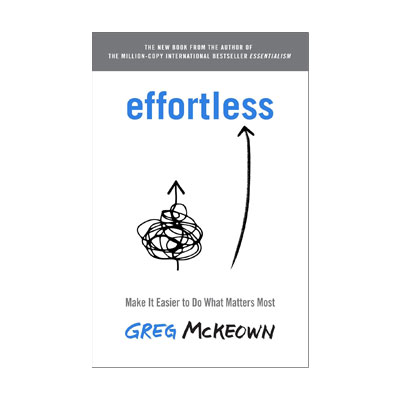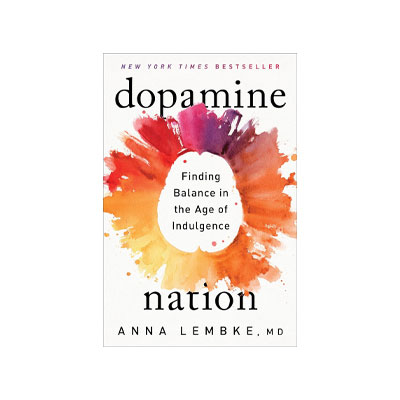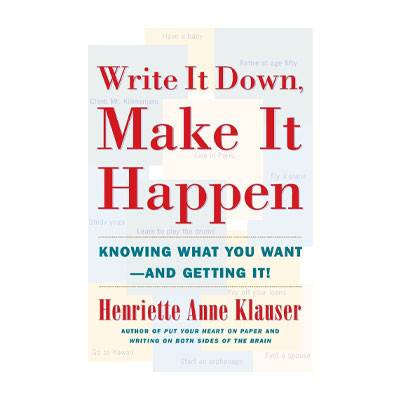Book Summary
The Charisma Myth is a book by Olivia Fox in which she teaches her readers how they can create the highest level of charisma with continuous practice and effort, and since many people may not be willing, the price is to endure some hardships. this issue has become a myth in various societies. In addition to the formation of a charismatic personality, the following book offers solutions for its long-term and permanent preservation to those interested, and discards the traditional belief that charisma is an inborn trait and introduces it as a skill that closes to the conditions, it can be learned.
The young author of the book analyzes the various components of charisma in his work and presents it as a knowledge that makes people follow a person with charisma. He believes that being among others and creating strong intimacy with them acts like a magnet that attracts them in such a way that everyone wants to be in that person's place. Amazing successes that happen to charismatic people, their impact on different people in miscellaneous times and places, persuading different groups and being an inspiration for a large number of people, are part of the results of studying the mentioned work and practicing its exercises.
The solid foundation is based on which the author has written his book, valid scientific articles and studies, is another convincing reason that draws the audience to this written work. The fact that charisma can be activated and deactivated at different times can be read by providing real examples, including the turning points of this work. With all these descriptions, reading the book in a concentrated manner and by repeating it several times will make clear to everyone the details that, while being simple, are extremely useful and many may not be aware of them. For example, talking about the three factors that make up charisma, which include:
- Full presence in the current interaction
- Compassionate sincerity towards others, and
- Showing a high ability to make things happen, opens the audience's mind so much that their passion for the implementation of finding the components of this behavioral feature becomes double compared to before.
About the Author
Olivia Fox Cabane is a French-American writer and speaker who was born in Paris in 1979. She was the innovative leader of Stanford University from 2013 to 2015, is among the prominent personalities of the Wall Street Journal and the New York Times. She has also organized courses at MIT and Harvard universities in the field of self-confidence and self-esteem for students, which have been extremely well received
Who Should Read the Book?
If you are very curious to know what charismatic people have done to create such a personality for themselves, or if you are trying to increase the effectiveness of your behavior and words and are looking to establish better relationships with others, this book is a very good recommendation for you.
Table of Contents
The topic raised in the book, Charisma Myth, is presented in a smooth and simple style by the author in 10 main sections with these titles:
- Achieving success in various aspects of life by using charisma
- Charisma is not innate
- Everything starts from the mind
- Presence in the present moment
